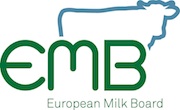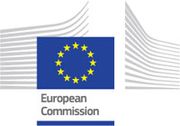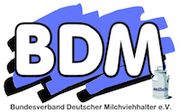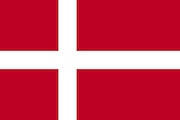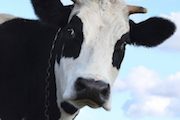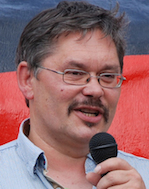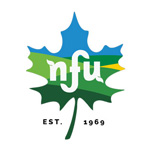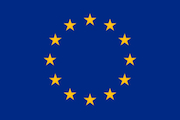EMB Newsletter September 2016
Newsletter as PDF
Contact
EMB - European Milk Board asbl
Rue de la Loi 155
B-1040 Bruxelles
Phone: +32 - 2808 - 1935
Fax: +32 - 2808 - 8265
Dear dairy farmers and interested parties,
The National Association of Danish Dairy Farmers (LDM) welcomes the fact that the EU has adopted a reduction scheme for milk production in the EU. Unfortunately, only a part of the total package has been earmarked for volume reduction. LDM would prefer the full amount of 500 million euros to be spent on a common EU reduction scheme. LDM predicts that few farmers will be interested in reducing production, but some might be interested in leaving it.
The industry fears a lack of raw material, but the general view among dairy farmers has turned in favour of stopping and reducing production, yet it is an uphill struggle when the entire established system is set on growth, growth, and more growth. Denmark's largest dairy, Arla Foods, has also realised that the only way to higher prices is a decrease in production, but like the other European dairies they prefer their competitors to reduce volumes.
The situation in Denmark is very serious. More than 100 of approximately 3,000 Danish dairy farmers have been forced to sell their farm by their bank or declared bankrupt. Furthermore, it is estimated that about 400 farms are on the verge of bankruptcy and a further 300 will hardly be able to survive in the long term. The milk supply in Denmark is declining rapidly at the moment and now the 2016 milk volume is expected to be at the level of 2015 or below. The milk supplied in 2015 was considerably higher than in 2014. Since the New Year, Arla Foods has lowered its estimate for the total 2016 milk volume several times.
Will a reduction scheme help, then? Yes, the combined effect of both the reduction scheme and the decrease in milk supply will be noticeable, and together with the already slightly rising world market prices the National Association of Danish Dairy Farmers is both hoping for and expecting a noticeable increase in milk prices.
A Danish research company predicts a total milk price including supplementary payments of 32 cents before the New Year. LDM hopes that this turns out to be an underestimate.
Kjartan Poulsen, EMB board member and president of LDM Denmark
Shift of direction of EU milk policy: milk volumes to be cut
Production reduction using the EU aid package - practical information
EU aid package - structured to essentially be a programme to phase out dairy farming?
Denmark: LDM is hoping for cessation aid
Lithuania: less milk, less cows & farms closing
Interview: "We are financing the conquest of international markets by dairies"
Canadian farmer's union advises Hogan to adopt Canadian model for volume regulation
Brussels and international news
Impressum
European Milk Board asbl
Rue de la Loi 155
B-1040 Bruxelles
Phone: +32 2808 1935
Fax: +32 2808 8265
E-Mail: office@europeanmilkboard.org
Website: http://www.europeanmilkboard.org

